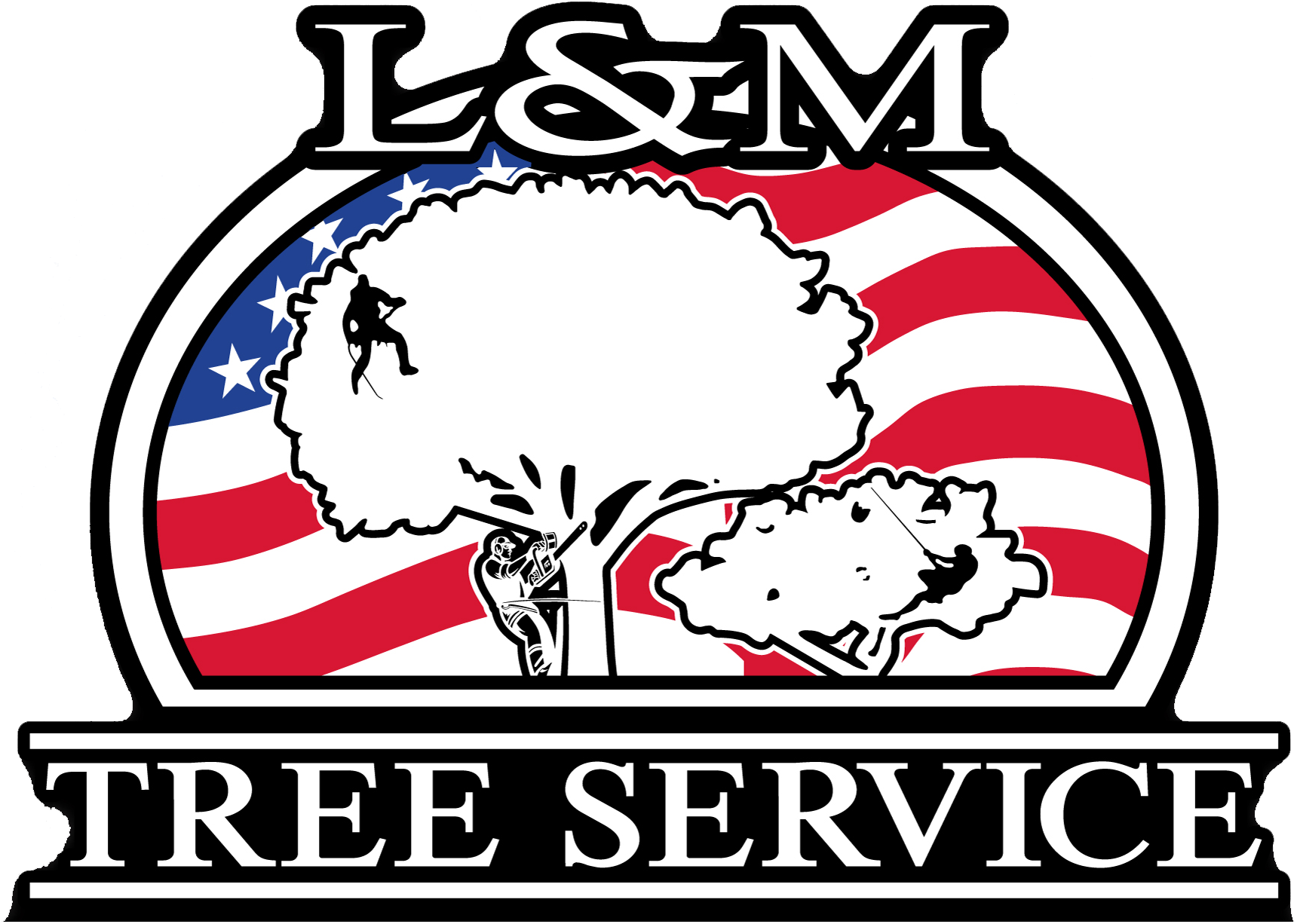FAQs
L&M Tree Service
If you have questions related to tree services, we are here to provide you with the answers. Check out these FAQs and give us a call today for more information!
-
Why is it necessary for a tree company to have insurance?
Tree work is inherently risky and should be performed only by professionals. Liability insurance is crucial as it safeguards homeowners and their property from potential risks and damages. Workman’s compensation insurance protects tree professionals while they are on the job. When hiring a tree company, it's essential to request proof of comprehensive insurance from their insurance provider before any work commences. If there are any doubts, reaching out to the insurance carrier for verification is advisable.
-
What if a tree needs to be removed, will my property be protected?
We implement all necessary measures to safeguard your property and reduce any potential impact on the surroundings. For instance, our teams use protective materials to cover sensitive areas when required. Furthermore, our foremen and crews possess extensive expertise in various removal and pruning techniques, including hand work, aerial lift operations, and crane work. Our clients consistently praise us, noting that it's nearly impossible to detect any evidence of our presence on their property aside from the completed tree work!
-
How old are my trees?
Trees, similar to humans, have a finite lifespan. Depending on the species and their environment, trees can survive for hundreds of years. Many large trees that exist today were already mature when our country was established. Understanding the history of your outdoor space can assist in determining the age of your trees, distinguishing between those that are original to the landscape and those that were added later. Unfortunately, the most accurate method of determining a tree's age involves counting its growth rings, which requires cutting it down – an action we aim to avoid.
-
Do I need a permit to remove a tree?
Maybe. A permit may be required for tree removal in certain municipalities within the area. The necessity for a permit typically depends on factors such as the size and location of the tree, whether the tree poses a hazard, if it is classified as a street tree, or if it is considered an invasive species, among other considerations.
-
Do I have to be home for the removal process?
No. You are not required to be present at your home during the removal process. However, it is necessary to ensure that the contractors have access to the property and a means to contact you if necessary.
-
Is it ok to remove trees close to the house?
A large tree situated near your home can offer significant benefits, including shade, shelter, and aesthetic appeal. However, it can also present potential risks. Overhanging branches may damage your home's siding or roof, while accumulated leaves and debris can lead to rot. Additionally, the roots of a substantial tree can compromise your foundation, resulting in cracks and other structural issues. Although removing a tree in close proximity to your home requires careful planning, it can be safely accomplished by a qualified tree service company. To determine whether the tree poses a genuine threat, we recommend scheduling an appointment. Our experts have the necessary tools to map the root systems of trees around your property, allowing you to assess any potential risks to your foundation more effectively.
-
Why use crane work for tree services?
- Safety: The use of a crane greatly diminishes the potential for property damage and personal injury, particularly when managing large, unstable, or awkwardly positioned trees.
- Efficiency: Crane operations facilitate faster tree removal or maintenance, thereby reducing disruptions to your property and daily routines.
- Accessibility: Cranes offer access to trees located in confined or difficult-to-reach areas, where conventional methods may prove impractical.
- Reduced Impact: By vertically lifting tree sections, crane work lessens the disturbance to the surrounding landscape, safeguarding the integrity of your property.
-
What is the difference between topping and pruning?
Topping and pruning serve different purposes in tree care. Topping involves the excessive removal of large sections of a tree, potentially harming its health, while pruning is the selective removal of specific limbs to promote growth and maintain the tree's structure.
-
When to trim trees?
The ideal time for trimming trees is during the fall or winter months when the leaves have fallen, and the trees are in a dormant state. This allows for better visibility of branches and facilitates quicker healing of wounds. Tree care professionals typically recommend trimming most mature trees every 3 to 5 years. Trees that are diseased, dying, hazardous, or encroaching upon structures should be removed promptly.
serving Area
Barbeton, OH
575 Hudson Run Rd
Barberton, OH 44203
Business Hours
Office Hours
- Mon - Fri
- -
- Sat - Sun
- Closed



Share On: